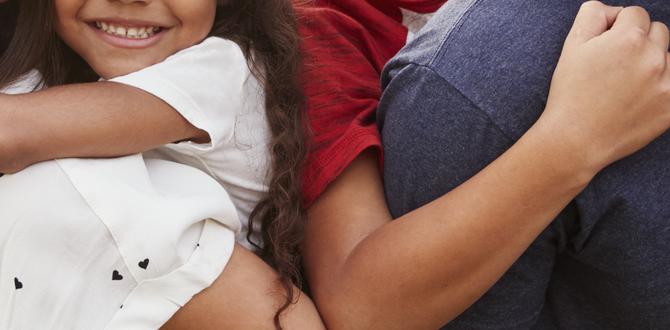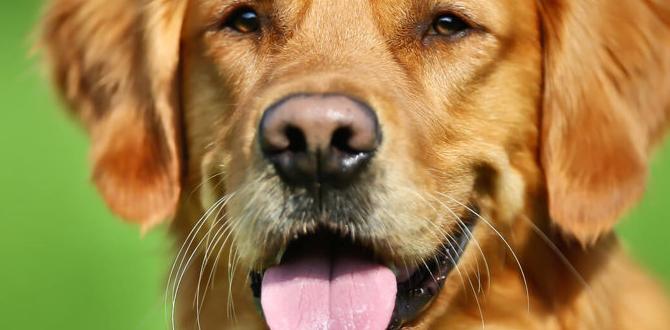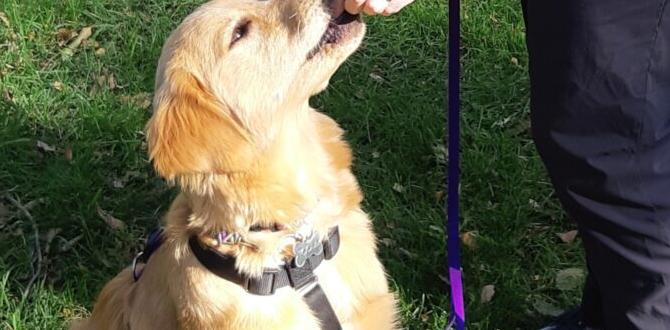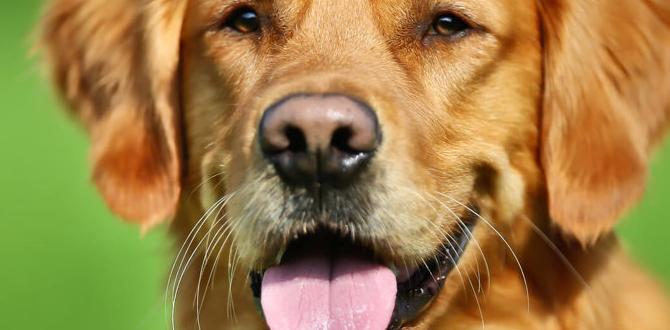Does your dog sometimes act like a little monster? Don’t worry, you’re not alone. Many dogs can show aggressive behavior. It might seem scary at first. But, with the right training, you can help your dog become calm and friendly. Let’s explore aggressive dog behavior training. This training can make a big difference in your dog’s life.
Key Takeaways
- Aggressive behaviors can be changed with proper training.
- Early intervention is crucial for training success.
- Consistency is key in aggressive dog behavior training.
- Patience helps in building trust with your dog.
- Professional help is available for aggressive dogs.
Understanding Aggressive Dog Behavior
Aggressive behavior in dogs can be puzzling. Some dogs may growl, bark, or even try to bite. These actions can happen because the dog is scared, in pain, or needs to protect something. Understanding why your dog acts this way is important. Once you know the cause, you can start aggressive dog behavior training. This training helps to change unwanted behaviors. It can turn a scary situation into a calm one.
- Dogs may act aggressively out of fear.
- Pain can trigger aggression in dogs.
- Protective instincts might cause aggression.
- Changes in the environment can lead to aggression.
- Lack of socialization may cause aggressive acts.
Training helps dogs learn better ways to respond. By using positive reinforcement, you can encourage good behavior. Be patient and give rewards for calm actions. It’s important to practice regularly. This will help your dog feel safer and less anxious. In time, aggressive behaviors can decrease.
Fun Fact or Stats : Did you know that over 20% of dogs show some form of aggression?
Why Do Dogs Act Aggressively?
Have you ever wondered why dogs snap or growl? Often, it’s because they feel scared or threatened. Imagine if you were in a new place with strange people. You might feel uneasy, right? Dogs feel the same way. They can’t talk to us, so they show their feelings with actions. Understanding their reasons can help us train them better.
Recognizing Early Signs of Aggression
Can you spot the early signs of aggression in dogs? Look for changes in their body language. A stiff tail, bared teeth, or raised hair can be warning signs. Catching these early can help you prevent bigger problems. Training can then focus on calming your dog before aggression becomes a habit.
How Socialization Affects Behavior
Did you know that socializing your dog can reduce aggression? Meeting new dogs and people helps them feel more relaxed. It’s like when you make new friends at school. The more friends you have, the less scared you are. Socializing can teach your dog that new things aren’t frightening. Training in different environments can make them more adaptable.
Steps for Aggressive Dog Behavior Training
Beginning aggressive dog behavior training can feel daunting. But, with a clear plan, it’s manageable. Start by identifying what triggers your dog’s aggression. Is it loud noises, strangers, or other animals? Once you know, you can create a training strategy. This often involves desensitization and positive reinforcement. Gradual exposure to triggers, paired with rewards, can help modify behavior.
- Identify what makes your dog aggressive.
- Use positive reinforcement techniques.
- Gradually expose your dog to triggers.
- Stay calm and consistent in training.
- Seek professional help if needed.
Keep training sessions short but frequent. This prevents your dog from getting overwhelmed. Always reward calm and friendly behavior. Over time, your dog will associate good behavior with positive outcomes. Remember, patience is essential for success. If challenges arise, don’t hesitate to consult a professional dog trainer.
Fun Fact or Stats : Dogs trained with positive methods are more obedient and happier!
Using Positive Reinforcement
Do you like getting rewards for good work? Dogs do too! Positive reinforcement means giving your dog treats or praise when they act well. This makes them want to repeat good behavior. It’s like getting a gold star in class. Over time, your dog learns that being calm and friendly gets them rewards. This helps reduce aggression.
Gradual Exposure to Triggers
Imagine being scared of spiders, but seeing them from far away. Over time, you might get used to them. Gradual exposure works the same way for dogs. Slowly let them encounter their triggers, like other dogs or loud noises, from a distance. With practice and rewards, they learn not to be afraid. Patience is key in this process.
Consistency in Training
Why is practice important? Consistency in training helps dogs learn faster. Just like practicing your favorite hobby improves your skill. Regular training sessions reinforce good behavior. This makes it stick. Always use the same commands and rewards. This way, your dog knows what to expect. Over time, they learn to behave well in different situations.
Common Mistakes in Training
Training a dog not to be aggressive can be tough. Sometimes, mistakes happen. One common mistake is being inconsistent. This confuses the dog about what is right or wrong. Another mistake is using punishment instead of rewards. Punishment can make a dog more fearful and aggressive. It’s important to focus on teaching good behaviors.
- Be consistent with training commands.
- Avoid using punishment in training.
- Understand your dog’s behavior.
- Don’t rush the training process.
- Ensure the dog feels safe and secure.
Take time to understand your dog’s needs. Training is not a race, but a journey. Celebrate small wins and progress. If things don’t seem to work, try a new approach. Training should be a positive experience for both you and your dog. Mistakes are just learning opportunities.
Fun Fact or Stats : Dogs trained with rewards learn 50% faster!
Why Consistency Matters
Consistency is key in everything we do, even in dog training. Imagine trying to learn something new, but everyone teaches you differently. Confusing, right? Dogs feel the same when training isn’t consistent. Using the same words and actions helps them understand better. This way, they know exactly what to expect and how to act.
The Role of Rewards in Training
Have you ever received a treat for doing something good? Rewards encourage us to do better. The same goes for dogs. Giving them treats, praise, or even playtime for good behavior motivates them. Over time, your dog connects good actions with positive outcomes. This strengthens their learning and reduces aggression.
Understanding Dog Behavior
Why do dogs act the way they do? Understanding their behavior is crucial. Dogs communicate through actions, not words. By watching carefully, you can see what makes them happy or upset. Knowing these clues helps you train them effectively. It also builds a stronger bond between you and your pet.
When to Seek Professional Help
Sometimes, training an aggressive dog alone is hard. That’s okay. Experts can help. Professional trainers have experience with different dog behaviors. They know how to handle complex situations. If your dog’s aggression seems too much to manage, consider seeking their help. They can create a specific training plan for your dog.
- Professional trainers offer expert advice.
- They create a tailored training plan.
- Trainers have experience with various breeds.
- They use safe and effective methods.
- Professional help can speed up progress.
Choosing to work with a professional isn’t giving up. It’s about ensuring the best for your dog. Trainers can also teach you techniques to use at home. This makes the training consistent for your pet. Remember, the goal is a happier, safer dog.
Fun Fact or Stats : Over 70% of trained dogs show improved behavior!
Signs You Need Help
Is your dog’s behavior making you worried or scared? If yes, you may need professional help. Experts know how to handle aggressive dogs. They can assess the situation and provide guidance. Sometimes, a fresh perspective can make a huge difference in training.
Choosing the Right Trainer
How do you find the best trainer for your dog? Start by asking for recommendations from friends or vets. Look for trainers who use positive reinforcement. Meet them first to discuss their methods. Choose someone who makes you and your dog comfortable. A good trainer can make all the difference in your dog’s progress.
Benefits of Professional Training
Ever wonder why some dogs behave so well? Professional training could be the reason. Trainers teach dogs using proven techniques. They also teach owners how to continue training at home. This combination leads to long-lasting improvements. Professional help speeds up the training process, making life easier for both you and your dog.
Types of Training Methods
There are different ways to train aggressive dogs. Some methods focus on positive reinforcement. Others use desensitization, where dogs get used to triggers slowly. Each dog is unique, so finding the right method is key. It’s important to choose a method that suits your dog’s needs and temperament. This ensures successful aggressive dog behavior training.
- Positive reinforcement involves rewards.
- Desensitization helps dogs face fears.
- Obedience training teaches commands.
- Counter-conditioning changes a dog’s response.
- Clicker training uses sound for learning.
Research the best methods for your dog’s behavior. Sometimes, combining methods works well. Training should be a positive experience for your dog. Consistency and patience are vital for success. Remember, every dog can learn with the right approach and dedication.
Fun Fact or Stats : Desensitization often reduces fear and aggression by 60%!
Positive Reinforcement Explained
Have you ever received a reward for good work? That’s positive reinforcement. It encourages dogs to repeat good behavior. Giving treats or praise when your dog acts well makes them happy. They learn which actions earn rewards. This helps in reducing unwanted aggressive behavior.
The Desensitization Technique
Is your dog scared of loud noises or other dogs? Desensitization can help. It involves exposing your dog to triggers slowly, from a distance. Over time, they become less scared. This method needs patience and consistency but can greatly reduce fear-based aggression.
Counter-Conditioning Benefits
Have you heard of counter-conditioning? It’s a smart method to change how your dog feels about something. If loud noises scare your dog, pair the noise with a treat. Over time, your dog associates the noise with something positive. This changes their reaction and reduces aggression.
Conclusion
Aggressive dog behavior training is a journey. It requires patience and consistency. Understanding your dog’s needs is the first step. Using positive reinforcement and professional help can make a big difference. With time and effort, your dog can become a happy and calm companion.
FAQs
Question: What triggers aggressive behavior in dogs?
Answer: Aggressive behavior can be triggered by fear, pain, or a need to protect. Dogs may also act aggressively due to lack of socialization or changes in their environment. Understanding these triggers is vital in aggressive dog behavior training.
Question: Can all aggressive dogs be trained?
Answer: Most aggressive dogs can be trained with the right methods. Early intervention and consistent training are key. It’s important to use positive reinforcement techniques and be patient. Professional help may be required for severe cases.
Question: How long does aggressive dog behavior training take?
Answer: Training time varies for each dog. Factors include the dog’s age, temperament, and the severity of aggression. Consistent and regular training sessions help speed up the process. Patience and dedication are important for success.
Question: What is positive reinforcement in dog training?
Answer: Positive reinforcement involves rewarding dogs for good behavior. This can be through treats, praise, or playtime. It encourages them to repeat the desired actions, making training more effective. This method is often used in aggressive dog behavior training.
Question: Should I punish my dog for aggressive behavior?
Answer: No, punishment is not recommended for aggressive behavior. It may increase fear and aggression. Instead, focus on positive reinforcement and understanding the cause of aggression. Professional trainers can provide guidance on the best approach.
Question: When should I seek professional help for my dog?
Answer: Seek professional help if your dog’s aggression is challenging to manage. Professional trainers have experience with different behaviors and can offer personalized training plans. It’s important to ensure the safety and well-being of both you and your pet.
Meet Elyse Colburn, the devoted canine companion and storyteller behind the enchanting world of “Tales, Tails, and Adventures Unleashed.” A passionate dog enthusiast with a heart full of paw prints, Elyse Colburn shares heartwarming tales and insightful adventures, celebrating the joy, loyalty, and endless antics that make every dog a true hero. Join Elyse Colburn on this tail-wagging journey, where every post is a love letter to our four-legged friends.








